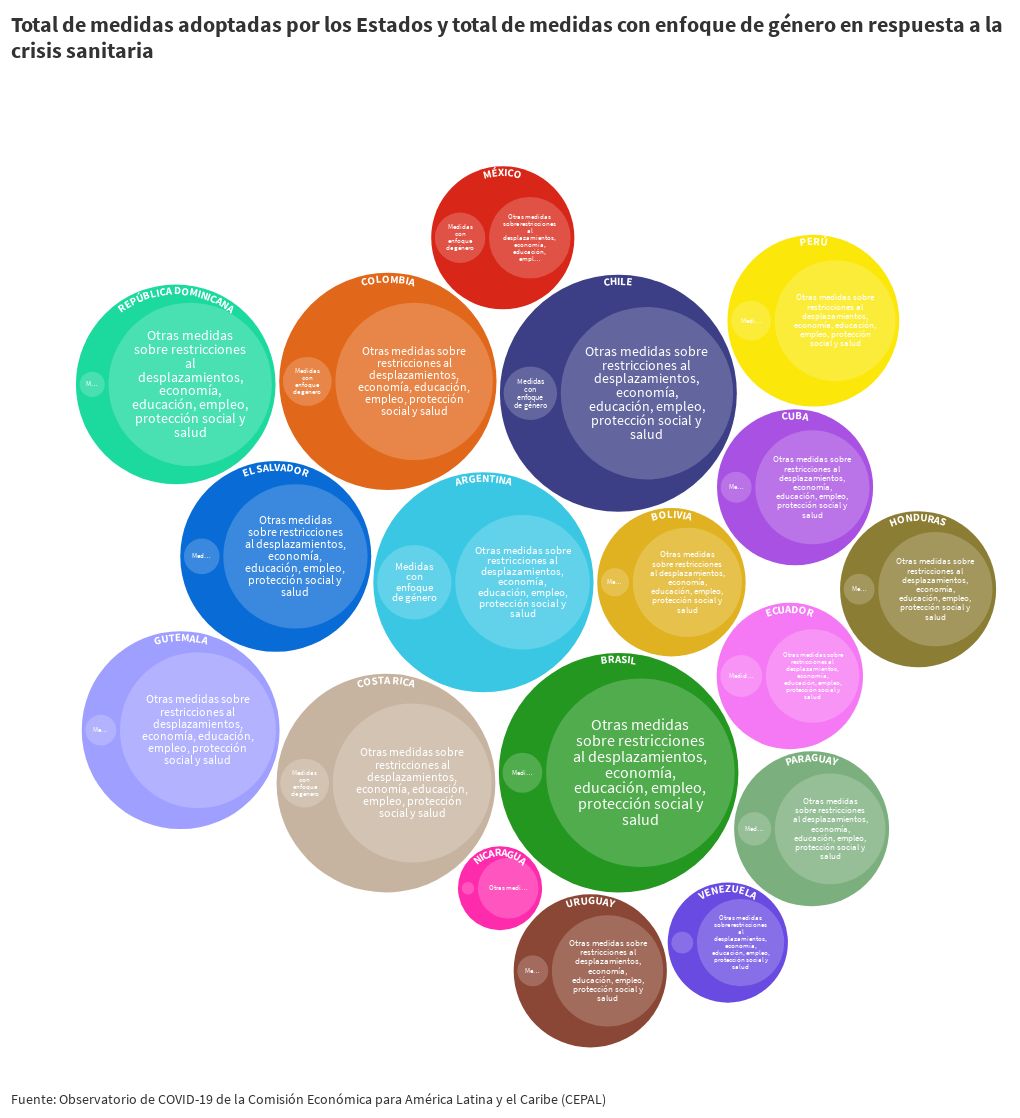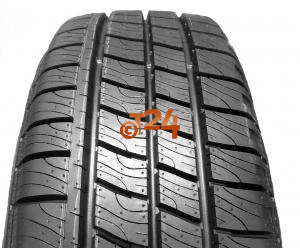

Select 1) the third row, 2) the second column and 3) the intersection of these two in the dataframe dat3 that you have created in Question 4.I forced this to prove a point: You now know that there is a distinction between characters and factors and you know hot to force this conversion to factors in a data frame. Character vectors are not converted to factors in data frames by default, but the argument stringsAsFactors = TRUE has resulted in this conversion. Factors are categorical variables that are depicted by numbers. This is due to us not specifying the variable correctly in the matrix we used to create the dataframe. Rather tricky the function as.ame() has converted the first variable to a factor. As a matter of fact, it is also not a character variable. The first column in matrix dat3b obtained from Question 5 is indeed not numeric. Is.numeric(dat3) # TRUE is.numeric(dat3b) # FALSE Check if the first column in the data frames from Question 4 and Question 5 are indeed numeric.It may appear to be working, but if we check if column 1 is numerical, it turns out not to be the case.
#Vec2 pack code#
But, be aware that the code dat3b <- as.ame(mat3, stringsAsFactors = TRUE)ĭoes not work properly (at least not as intended) as the matrix nature of mat3 turned everything into a character value and you have lost the numerical nature of vec1. At face value, everything may seem to be in order. Use function as.ame() on the matrix obtained from Question 4. Name the columns V1 and V2, respectively. Again, make a dataframe called dat3b where vec1 and vec2 are both columns.Make a dataframe called dat3 where vec1 and vec2 are both columns.However, most datasets do contain character information and a dataframe would normally be your preferred choice when working with your own collected datasets in R. The use of a dataframe is often preferred over the use of a matrix in R, except for purposes where pure numerical calculations are done, such as in matrix algebra. A dataframe is essentially a matrix that allows for character elements. To solve the problem of charactered numbers we can create a dataframe.

Notice that the second approach (the column bind approach from mat3b) returns a matrix where the column names are already set to the name of the bound objects. A matrix is just for either numeric or character elements. If one or more elements in the matrix represent characters, all other elements are also converted to characters. Is.matrix(mat3b) # TRUE mat3b # vec1 vec2

#Vec2 pack series#
It is just a series of numbers or letters. To create a vector we used c(), which stands for ‘concatenation’.
#Vec2 pack plus#
299.99 Each clarinet card contains one each of aġ V12, 56 Rue Lepic, V21, plus Bonus V21.ģJUCL 3-pack - 1½, 2, 2½, 3. Traditional V12 V21 Traditional CR102/50 Traditional #2. Traditional Traditional V12 Eb V21 Eb Traditional (Austrian System) 56 Rue Lepic V12 V21 (German System)


 0 kommentar(er)
0 kommentar(er)
